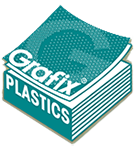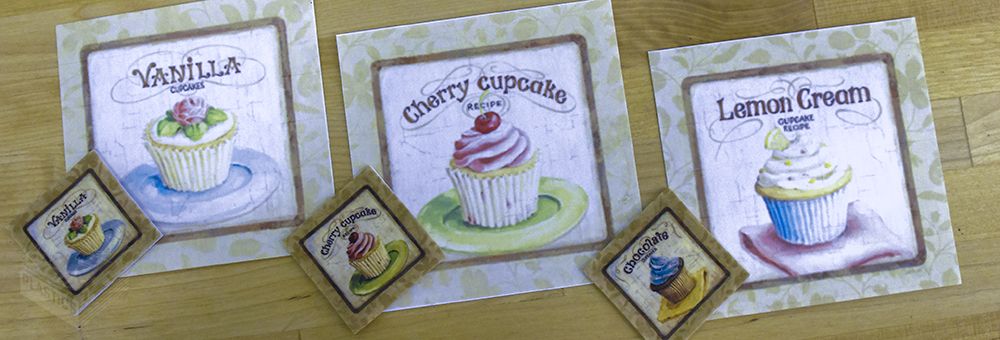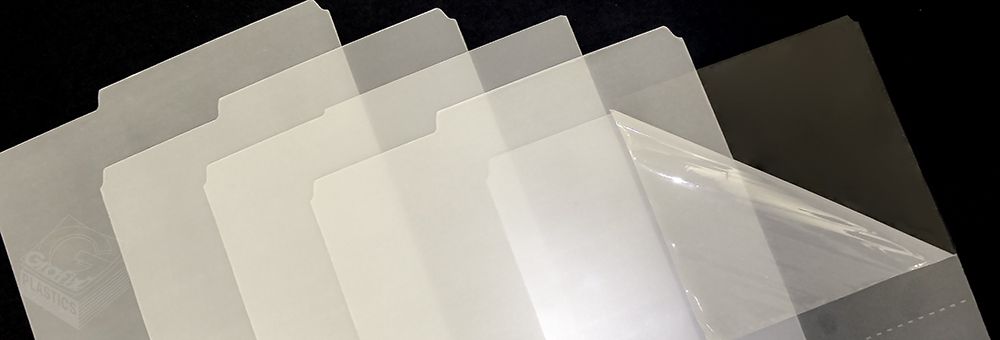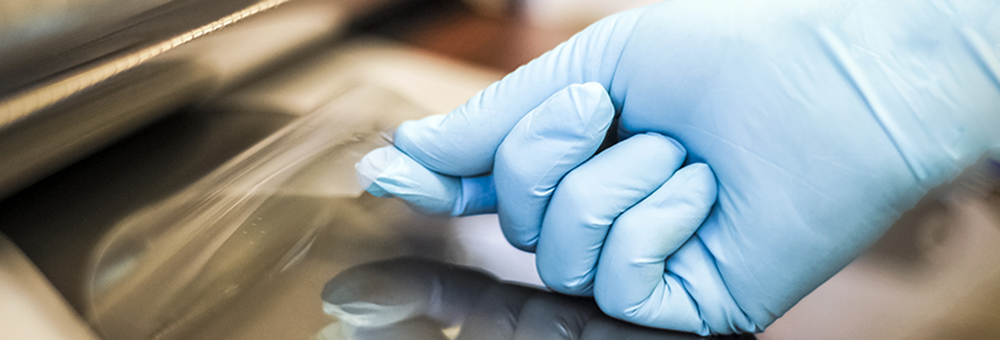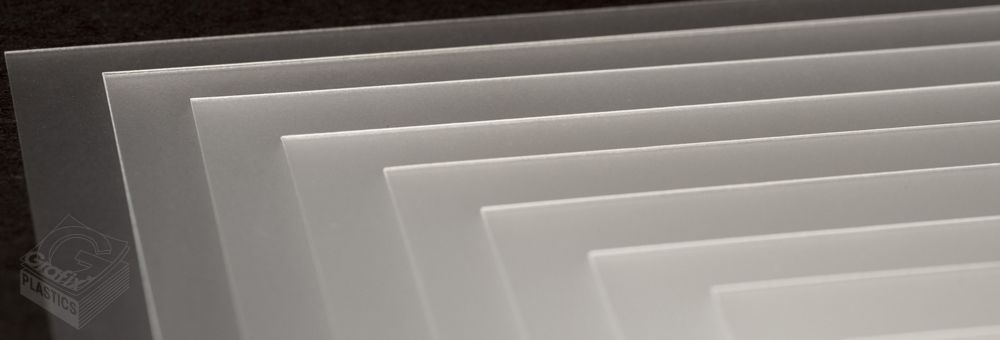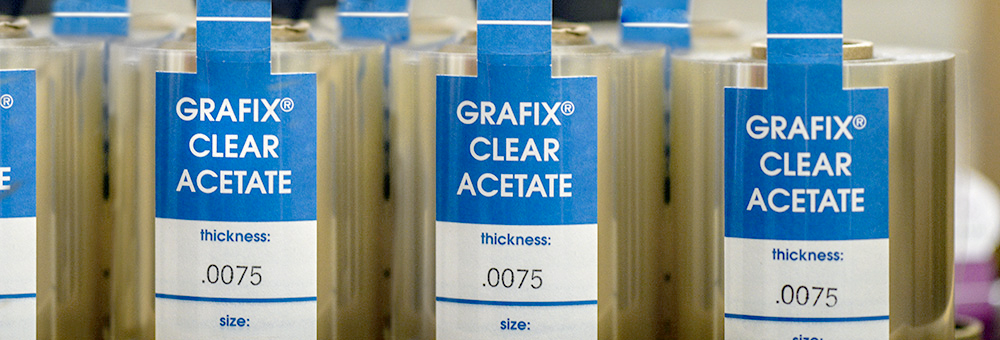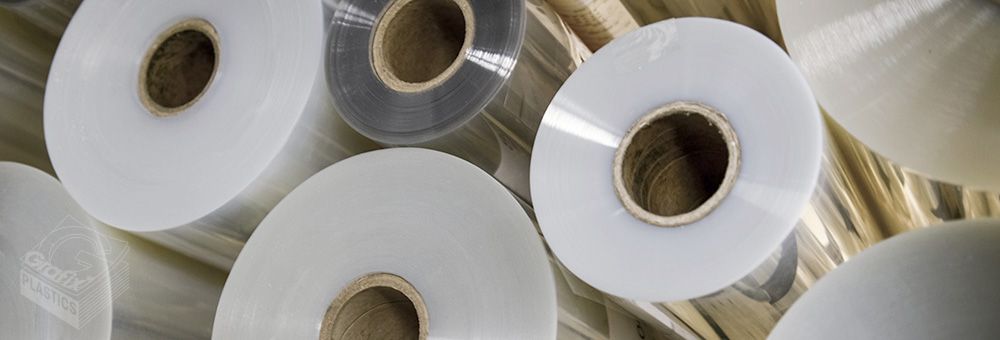FAQ – Properties
This is a collection of FAQs related to the properties of Grafix Plastics products.
How can Shrink-Art Film be printed?
Our plain Shrink-Art Film is mostly screen printable, although it should also be printable via other conventional printing methods. Please consult your ink vendor for specifics on ink formulations, etc. For digital printing we offer our Desktop Inkjet Printable Shrink-Art Film, designed for consumer grade inkjet printers. DO NOT put these products through PPC/Laser or … Read more
How can Protective Film be printed on?
Most of our Protective Films are compatible with screen printing, however we recommend you provide samples to your ink vendor for testing. It is not designed for any other printing methods. Our Protective Films are not printable by Digital processes such as Inkjet or PPC/Laser.
Is DuraLar Adhesive Backed Film printable?
DuraLar Adhesive Back Film is not designed to be printed specifically, By enlarge our DuraLar films are able to be screen printed. We recommend you contact your ink vendor for more information on printing on Polyester Film. This product is not designed for digital printing. For digital printing on Adhesive Backed Film, please check out … Read more
How can I print on Polypropylene Plastic Sheets?
Polypropylene sheets are compatible with screen printing and offset-lithography. Before you attempt to print on this type of material please contact your ink vendor to see what types of inks can be used with Polypropylene sheets. We can even provide you with sample sheets of material, that you can then have your ink vendor analyze to … Read more
How can I print on HDPE Plastic Sheets?
HDPE sheets are compatible with screen printing and offset-lithography. Before you attempt to print on this type of material please contact your ink vendor to see what types of inks can be used with HDPE sheets. We can even provide you with sample sheets of material, that you can then have your ink vendor analyze to … Read more
Can I use Acetate Outdoors?
We do not recommend using Acetate for long term outdoor applications. Stock versions of this film do not contain any UV inhibitors, so when exposed to UV rays over long periods, the film will become brittle and lose its properties. Temporary exposure should not pose significant problems. For longer term outdoor exposure applications, you may … Read more
How Heat Resistant is Acetate?
Acetate softens and starts to lose its form at 100C/210F. Softening is also dependent on how long the film is exposed to high temperatures. If you expose the film to a constant elevated temperature, it can lose its physical properties as well. It’s ability to soften at these temperatures makes Acetate ideal for thermoforming … Read more
How can Acetate be Printed on?
Acetate film is not designed specifically to be printed. However, it can be Screen Printed, Pad Printed, Thermal Printed and Commercial Inkjet printed (Solvent, UV and EcoSolvent inks). It may work with offset lithography or flexographic methods but it will depend on your ink systems. We recommend that you contact your ink vendor to see … Read more
Can Static Cling Vinyl Sheets be used Outdoors?
We do not recommend using our stock Static Cling for outdoor applications. Although it may be suitable for short term projects, it is not geared to tolerate extreme temperatures or sunlight. Long term exposure to the elements can cause the film to yellow, become brittle and crack or turn hazy. Moisture will interrupt the bond … Read more
